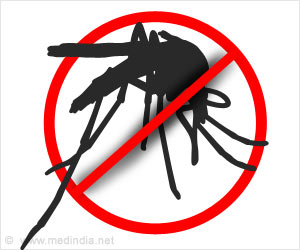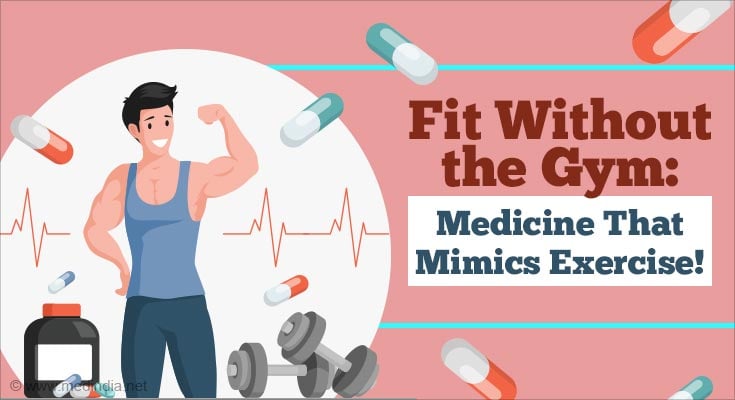Compounding this is the role of social media, which increasingly amplifies both information and misinformation regarding vaccination, raising questions about how, specifically, these platforms affect vaccination rates.
Twitter and COVID-19 Vaccination
The study, conducted by researchers at New York University, showed that positive sentiment expressed on Twitter toward vaccinations was followed, a week later, by increases in vaccination rates in the same geographic area, while negative sentiment was followed, in the same region, by decreases in vaccination rates the following week.
The results, which appear in the journal Clinical Infectious Diseases, offer new insights into the influence of social media on public health measures.
“We need to understand vaccine hesitancy and social media’s impact on creating and spreading it,” said Megan Coffee, clinical assistant professor at NYU Grossman School of Medicine.
The team deployed a real-time big data analytics framework using sentiment analysis and natural language processing (NLP) algorithms. The system takes real-time tweets, identifies tweets related to vaccines and classifies these by certain themes, and provides sentiment analysis, cataloging tweets as positive, negative, or neutral.
Together they analyzed 23,000 vaccine-related tweets from March 20, 2021, to July 20, 2021, and then compared them with vaccination rates in different US states.
By contrast, after the vaccine rollout commenced, negative sentiment tweets exceeded positive ones.
While the method helped identify patterns in vaccine hesitancy over time and place, “it can only monitor, and not influence, vaccine hesitancy, which is constantly changing. More work is needed to build trust in life-saving vaccines and undo the influence of vaccine negativity,” Coffee said.
Source: IANS



